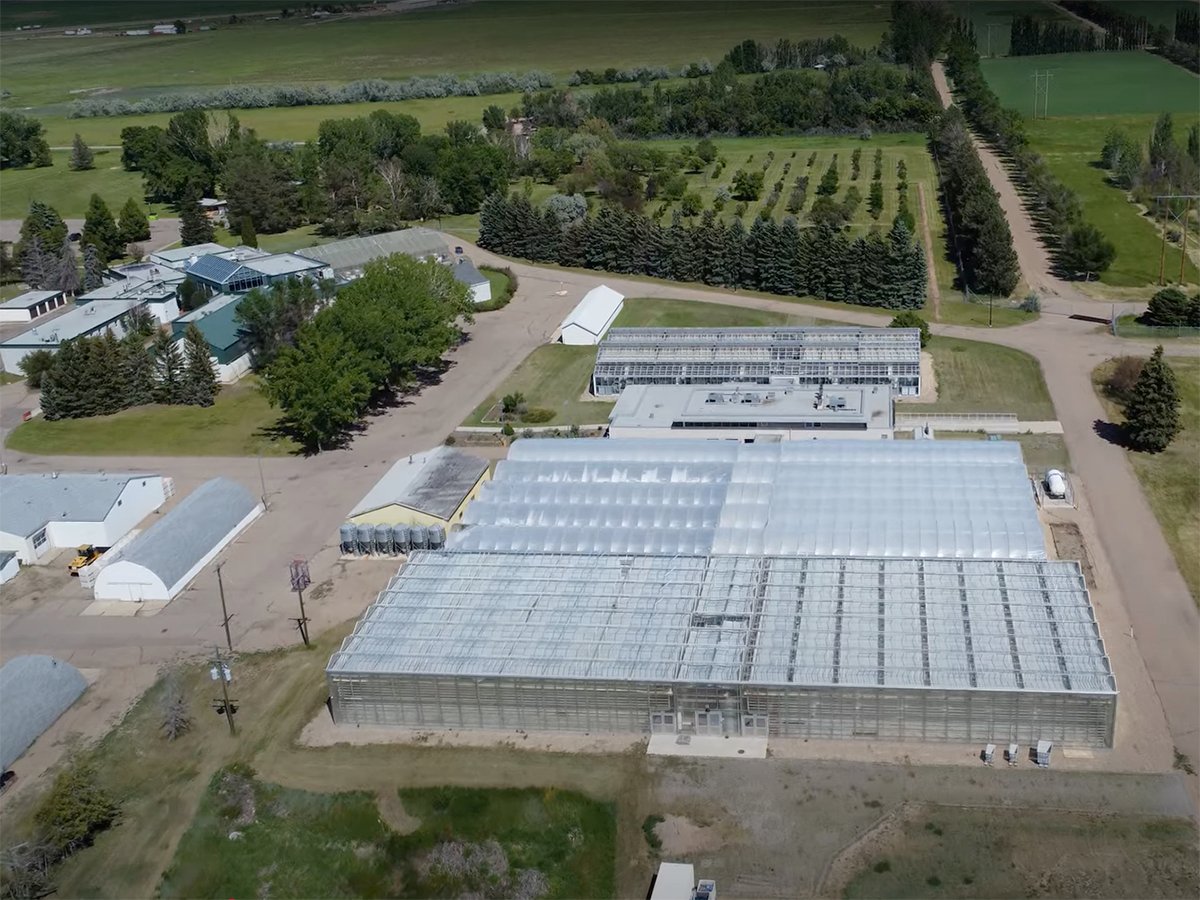DADE CITY, Fla. — Cattle first arrived in Florida on the ship of Spanish explorer Juan Ponce de Leon in 1521.
Today, Florida has a million cows with Brahman, Angus and Hereford being the most common.
“Florida’s hidden industry is the cattle industry,” said Larry Barthle, who is a partner in Barthle Brothers Ranch north of Tampa, Florida.
The family offered a ranch tour to National Cattlemen’s Beef Association convention visitors in early February.
The Barthles arrived in the area in 1850, and seven generations of the extended family have created a diversified ranch of 8,250 acres managing water, grassland, forest, hunting leases, 1,200 cows and registered Quarter horses.
Read Also

Alberta crop diversification centres receive funding
$5.2 million of provincial funding pumped into crop diversity research centres
“We are trying all sorts of things to diversify because just living off cattle alone can be kind of tough,” said Ben Barthle, Larry’s son.
They grew oranges for 40 years, but frosts 20 years ago killed their orchards and they did not replant because of the expense. An orange tree will die if it is exposed to -2 C for four hours.
The ranch started as open range.
Florida was the last state to have a fence law, and Albert and JA Barthle started to buy land before 1940 when that practice changed. The ranch was incorporated in 1960 and comprised 20,000 acres.
Albert died in 1970 and JA in 1971. A parcel of land had to be sold to pay inheritance taxes, and the remaining 16,000 acres were split between two families.
Today, an extended family of 28 members own and operate Barthle Brothers Ranch. Diversification is necessary, but the mainstay is livestock.
The family has raised Quarter horses for 50 years and has 70 registered Gray Brahman cattle. The commercial herd of 1,200 is part of a three breed rotation of Hereford, Angus and Brahman, which are needed so the cattle can adapt to the subtropical climate.
Charolais have been introduced for terminal crosses.
The Barthles look for moderate sized bulls that can still produce marbled beef with large rib eyes. The cows are 1,000 pounds, and Randy Barthle said they have trouble breeding in this environment if they get much larger.
The cattle are marketed through video auction and shipped 2,600 kilometres in April to Texas or Kansas for feeding and processing.
Some are fed through retained ownership in southern Texas each fall to collect carcass and performance information.
The ranch has grass 10 months of the year, but it dies and has no nutrient value when a frost comes. Rye grass is planted for winter grazing and hay and protein supplements are offered. Oak trees are found throughout the property, and the cattle will graze acorns that have fallen on the ground.
“Florida grass is very low quality,” Larry said.
“There is a lot of tonnage, but not a lot of quality. There is a lot of water in the grass.”
The soil type varies from fine white sand to hard red and white clay. The soil does not hold water.
Protecting the environment and water has been a long-term battle.
Nearby St. Petersburg was running out of water and had salt intrusion into city wells. It needed more water and bought a ranch with a field of wells.
“At one point in time they were pumping 45 million gallons of water every day out of this well field,” said Jan Dillard, Larry and Randy’s sister.
Consequently, the Barthles’ ranch started to run out of water. They lost 1,400 acres of wetlands and a large lake on their property dried up.
The family conducted disaster tours to show the damage to public officials and media.
“We did our disaster tours for three or four years and even then it was a few years after that before anything was done,” she said.
The pumping was reduced, but the ranch is still dry.
They pumped water into the lake in 1997, and the Tampa Bay Water Authority eventually agreed to provide help. It built 13 concrete water troughs, which were 23 to 24 yards long fed with solar and electrical power.
Larry said the authority pays the power bills, but would not agree that the urban pumping had destroyed their aquifer.
That experience turned them into agricultural educators. They offer school tours and work with the Florida Cattlewomen’s Association to teach future chefs about raising and cooking beef.
“We always felt education is very important as far as keeping our industry viable so that people understand it, ” she said.
A growing part of the ranch is opening it up to hunters through leases.
A 10 member hunting club leases 200 acres of land, which grants it year round access to the ranch.
Members are allowed to hunt whatever is legal, including deer and feral hogs.
The wild hogs are a serious problem in the area, and the government encourages ranchers to remove 70 percent of them each year.
The family began offering quail hunts on 80 acres two years ago. They allow eight people to enter the area with bird dogs for the annual hunt. They also sell wild turkey hunts.















